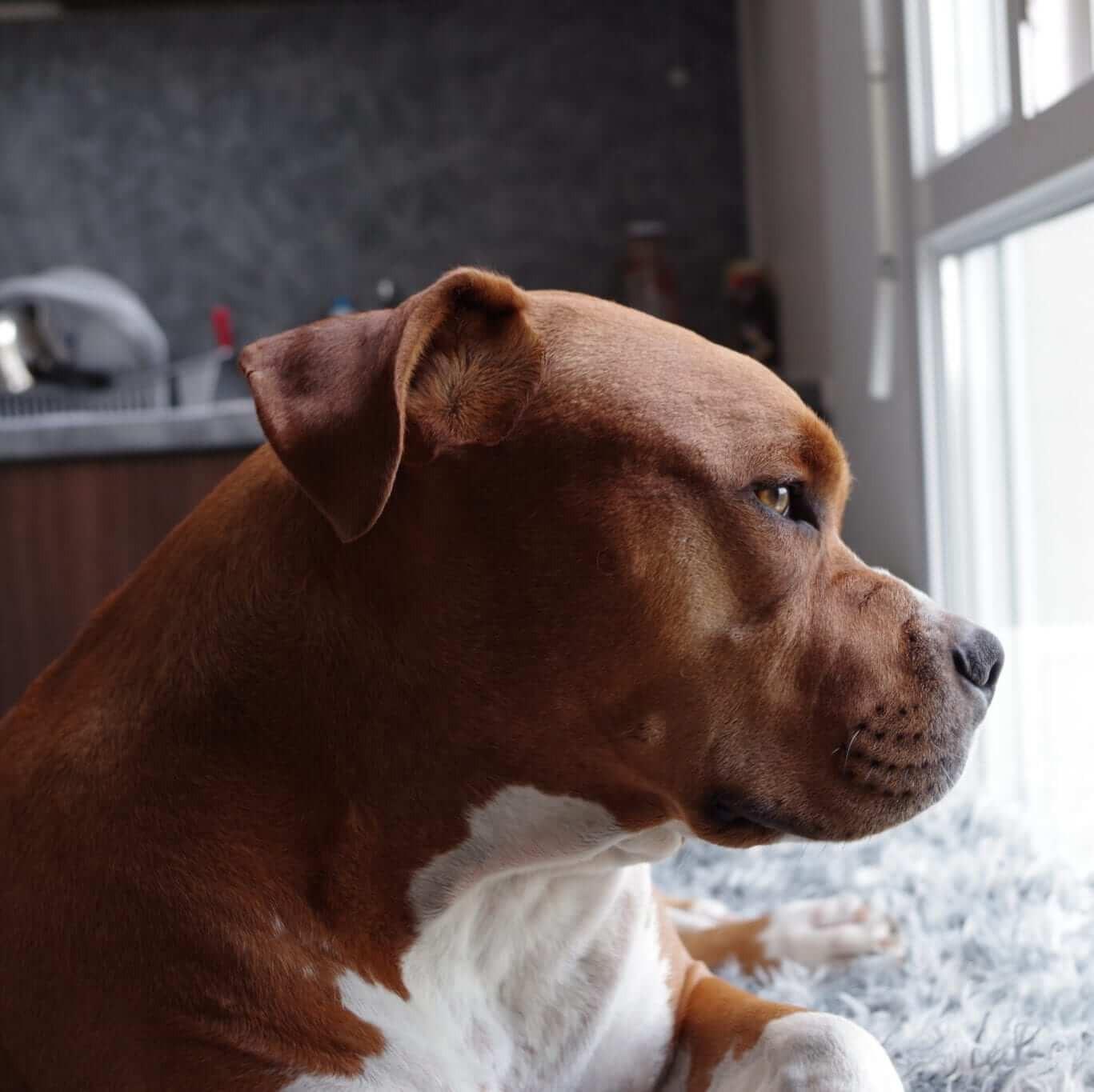Ever wonder why your dog suddenly ignores a command they’ve done perfectly before? You know they know it… so why do they listen sometimes, but not others?
It comes down to three main factors:
The distractions in the environment
Their resistance to change
Their excitement level
Let’s dive into each ⬇️
The Distractions in the Environment
Dogs are often motivated by what their genetics instruct them to do, and this is why when your dog is distracted, it’s often because they are acting based instincts.
An example of this would be a hunting breed, like a Setter, chasing after a squirrel or bird on one of your walks around the neighborhood. That doesn’t mean you should excuse the behavior, but it does help us understand the why behind what we perceive as “defiance.”
Now, not all distractions are the result of your dog’s genetics. For example, a dog that refuses to sit when you come through the door is simply excited. The fact is, it’s more convenient for them to jump and receive affection in that moment. This is where we have to be careful about how we accidentally reinforce our dog’s behavior when they’re in a frenzied state.
So how do we get our dogs to behave better in these moments? We have to set clear expectations around right vs. wrong behavior which is where a professional dog trainer can help guide you. More on that below.
Their Resistance to Change
Similar to humans, changing habits is often met with resistance. The longer a behavior has been repeated, the more ingrained it becomes and the harder it is to change or reverse.
A dog that barks or lunges at visitors, for instance, is expressing how they’re feeling in the moment. In fact, they’re often reinforced for that behavior if the visitor moves away during the reactive episode (which frequently happens). To the dog, that reaction works and so it continues.
This is why, even when your dog knows what you’re asking, you may still see them default to the more familiar behavior over the new one you're trying to teach.
The best way forward?
Continue to hold them accountable to the new, healthier behaviors, and you’ll see that resistance decrease over time ultimately increasing their reliability to your requests.
Their Excitement Level
An excited dog will have a harder time thinking clearly than a calm dog. A calm dog has more capacity to take in what’s happening and think logically about their next movement.
A dog that’s overly excited will often act and move unpredictably. Usually, the more this movement escalates, the more worked up they become leading to less reliable follow-through on commands compared to when they’re calmly sitting by your side.
In Closing
When dogs don’t follow through on known commands, it often results from one or more of the three factors above, either individually, or sometimes combined all into one. It’s not always defiance in the way we assume.
Our job as dog owners is to give our dogs a clear structure for how to go about their day. That includes holding them accountable to behaviors they’ve already demonstrated they can perform. Without that accountability, your commands quickly become suggestions.
Struggling with this currently? If so, drop us a line. We’re happy to help!

Nicolas Angione is the founder and head dog trainer at Hope Gables Canine, based in Fairfield County, CT. Inspired by his own dog's reactive journey and rehabilitation, he left his career behind to become a dog trainer. After years of shadowing other dog trainers in the industry, he started his own practice, which has successfully helped hundreds of dog owners, both domestic and abroad, regain peace and harmony with their dogs. Many of these success stories, dog training tips, and more can be found on their Instagram and YouTube pages.











